When building a home gym, one of the most important investments you’ll make is in a barbell. It’s the foundation of nearly every strength training program—deadlifts, squats, presses, Olympic lifts, and more. But with dozens of options out there, knowing which barbell to buy can feel overwhelming.
In this guide, I’ll walk you through everything you need to know to choose the right barbell for your needs—whether you're a beginner lifter or looking to upgrade. I’ll also share some personal insight to help you avoid mistakes I’ve seen (and made) over the years.
Why You Should Buy a Barbell for Home
If you're serious about strength training, yes, you should absolutely buy a barbell for your home. A quality barbell gives you access to hundreds of effective compound movements, takes up little space compared to machines, and will last a lifetime if you choose wisely.
When I started training at home, I underestimated how much difference a solid barbell could make. I first went with a budget bar that looked good online but had poor knurling and bent within a year. That mistake taught me: not all barbells are created equal.
How to Choose a Barbell: 6 Key Factors
Let’s break down what truly matters when you’re figuring out how to choose a barbell.
1. Tensile Strength
Barbell tensile strength is a key measure of durability. It refers to how much force the steel can handle before breaking. A good general-use barbell should have a tensile strength of at least 190,000 PSI. Anything below 150,000 PSI is considered low-grade and may bend under moderate-heavy loads.
Barbell Tensile Strength Chart (General Guide):
| Tensile Strength (PSI) | Durability Level | Recommended For |
|---|---|---|
| 110,000 – 130,000 | Low | Very light training only |
| 150,000 – 180,000 | Moderate | Beginners, casual lifters |
| 190,000 – 220,000+ | High | Intermediate to advanced use |
2. Knurling
Knurling is the textured grip on the bar. Powerlifting bars have aggressive knurling for a firm grip during heavy lifts, while Olympic lifting bars offer a softer knurl to allow more movement. For general use, look for medium-depth knurling without a center knurl (unless you’re doing heavy squats frequently).
3. Bar Whip and Spin
If you’re into Olympic lifts like cleans or snatches, bar whip and sleeve spin are crucial. Whip refers to the bar’s flex under load, while spin is determined by the quality of the bar’s bushings or bearings. Most home gym users will do fine with a bushing bar, which balances performance and price.
4. Weight Capacity and Loadable Sleeve Length
A standard 20kg (44lb) barbell should support at least 600–1000 lbs for home training. If you're lifting heavy, check that the loadable sleeve length can fit enough plates, especially if you use bumper plates.
5. Finish and Corrosion Resistance
Look for finishes like stainless steel, cerakote, or hard chrome for rust resistance—especially if your gym is in a garage or basement. Bare steel feels great but needs more maintenance (oil, brushing).
6. Barbell Type
-
Olympic Barbell (20kg): Best for general strength training.
-
Power Bar: Ideal for bench press, squats, deadlifts—stiff, with aggressive knurling.
-
Multipurpose Bar: Balanced spin and grip, great for all-around training.
-
Women’s Barbell (15kg): Thinner shaft (25mm) and lighter weight for smaller hands.
Barbell Buying Guide: Questions to Ask Yourself
Before you hit that “Buy Now” button, consider:
-
What will I be training for? Powerlifting, CrossFit, Olympic lifting?
-
What’s my lifting level and long-term goal?
-
How much space do I have? A full-sized bar is ~7 feet long.
-
Will the bar stay indoors or in a humid garage?
-
What’s my budget?
My Personal Experience and Advice
After years of lifting in commercial gyms, I built my garage gym during the lockdown. I initially skimped on the barbell to save money—and regretted it within months. The cheaper bar developed rust and started to bend under 405 lbs.
I replaced it with a higher-tensile strength multipurpose bar (205,000 PSI) with hard chrome finish and dual knurl marks. Since then, it’s held up beautifully through deadlifts, bench presses, rows, and overhead work.
The point? Spend a little more upfront, and you’ll save money (and frustration) in the long run.
Final Thoughts: Which Barbell Should You Buy?
If you're starting out or training for general strength, a 20kg multipurpose barbell with medium knurling, tensile strength, and a corrosion-resistant finish is your best bet. Avoid bars that don’t list specs clearly—transparency equals trust.
Your barbell is the backbone of your training. Choose it like it matters—because it does.



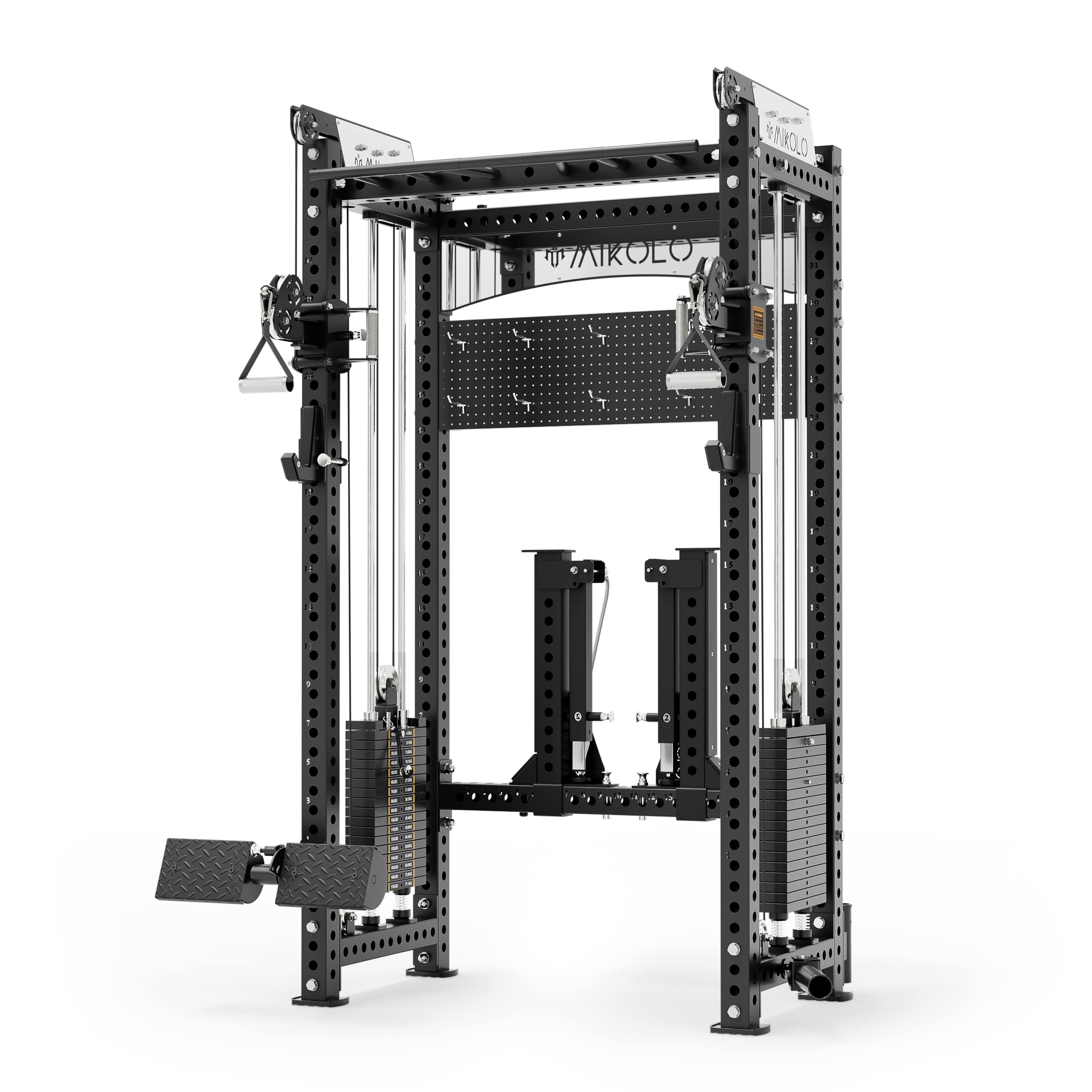

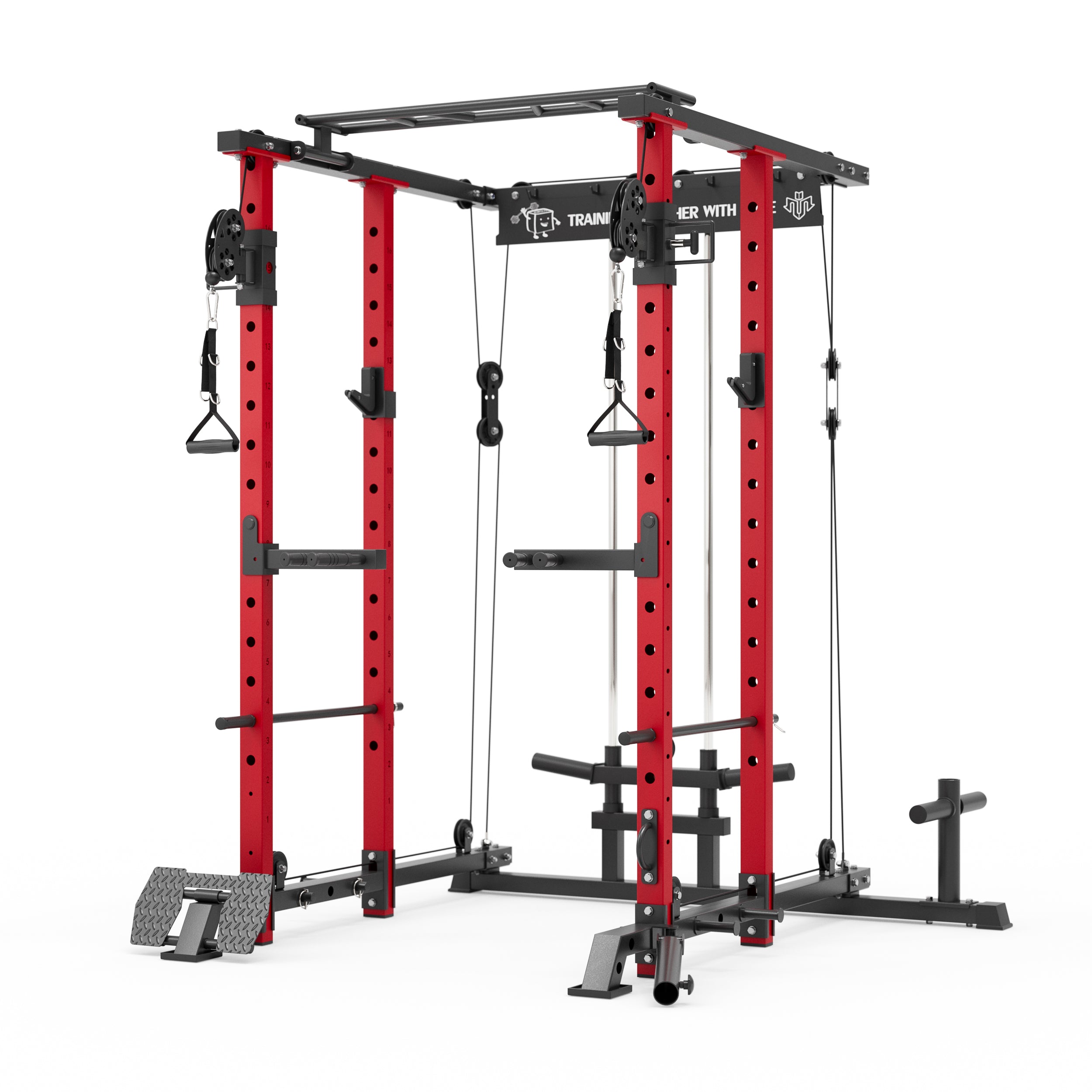



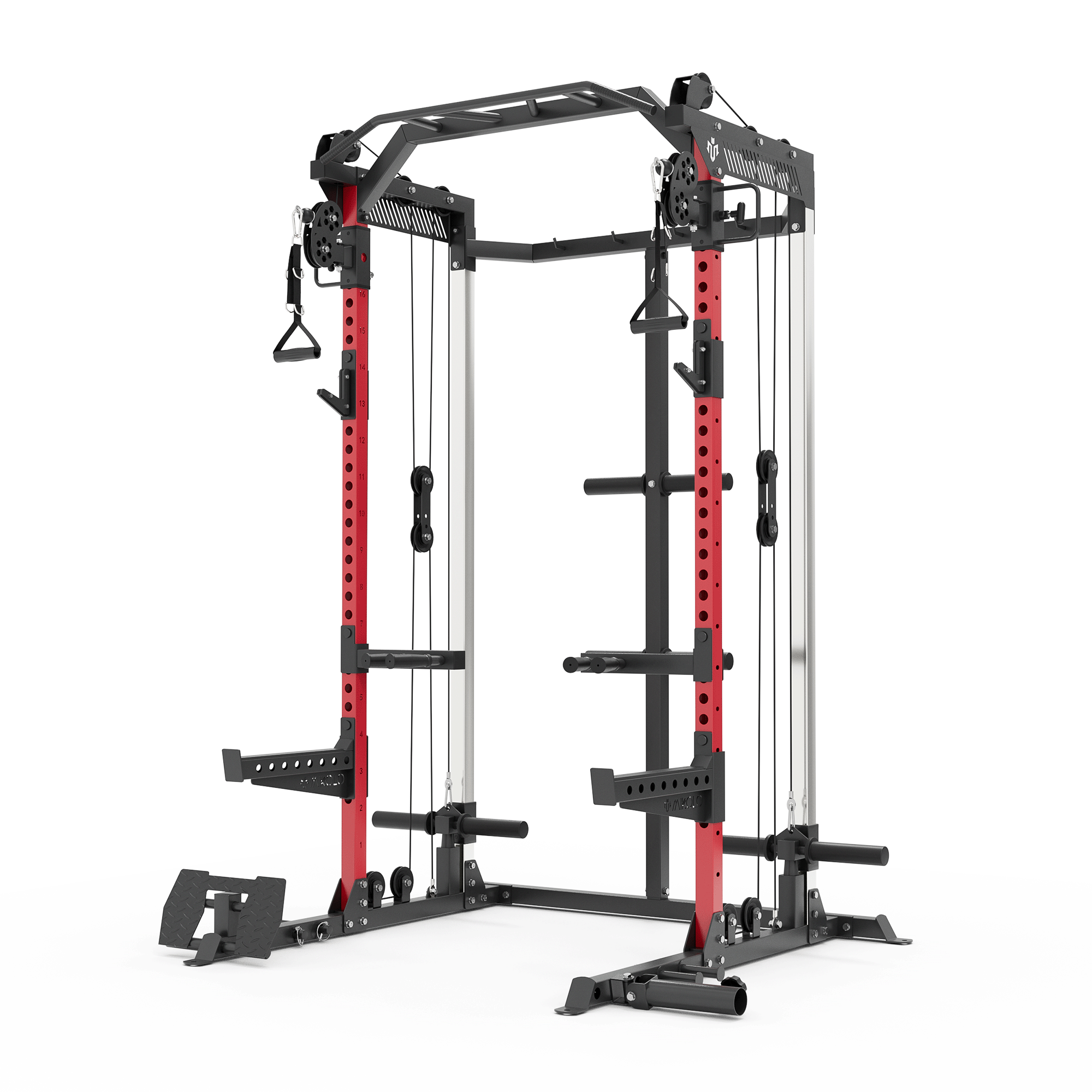
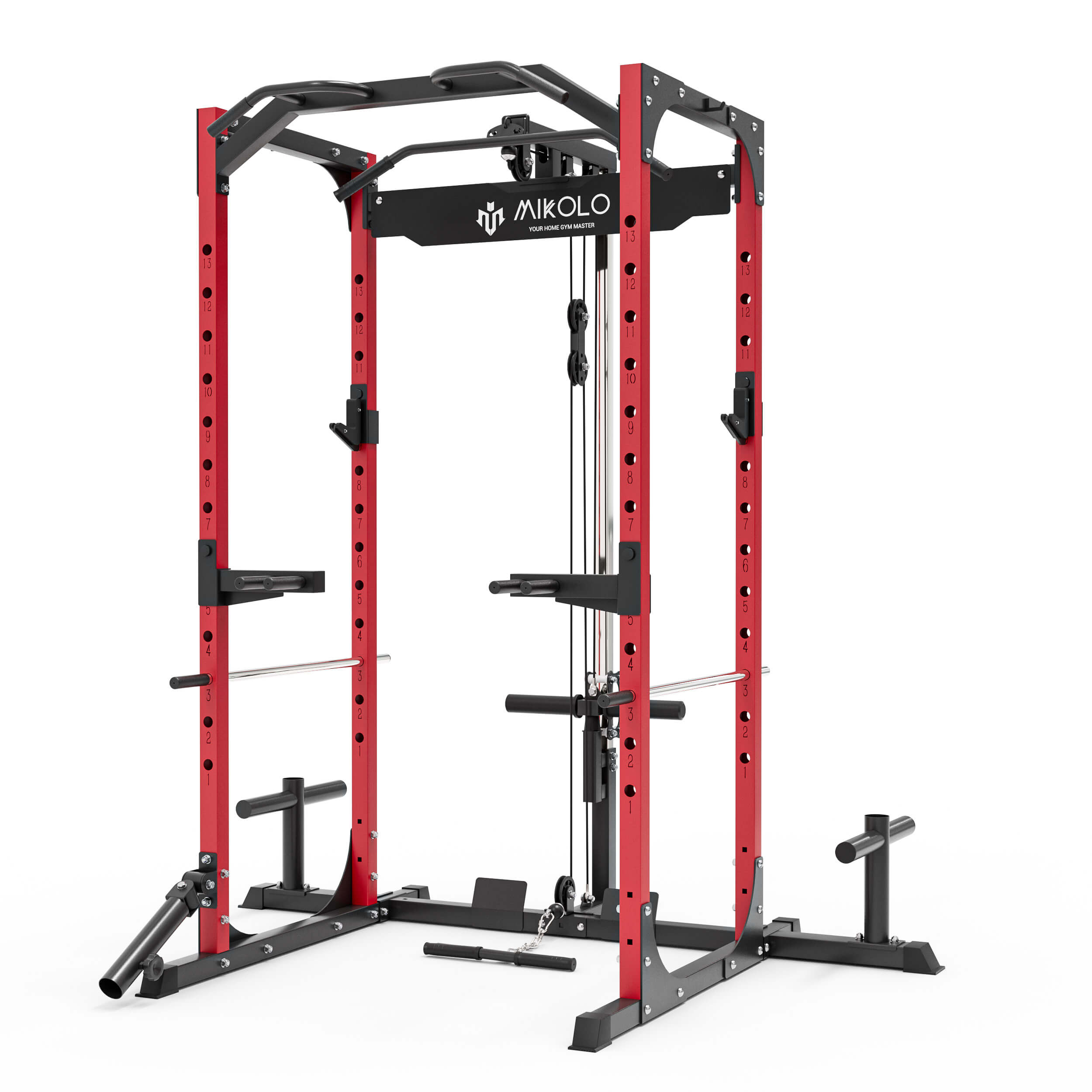




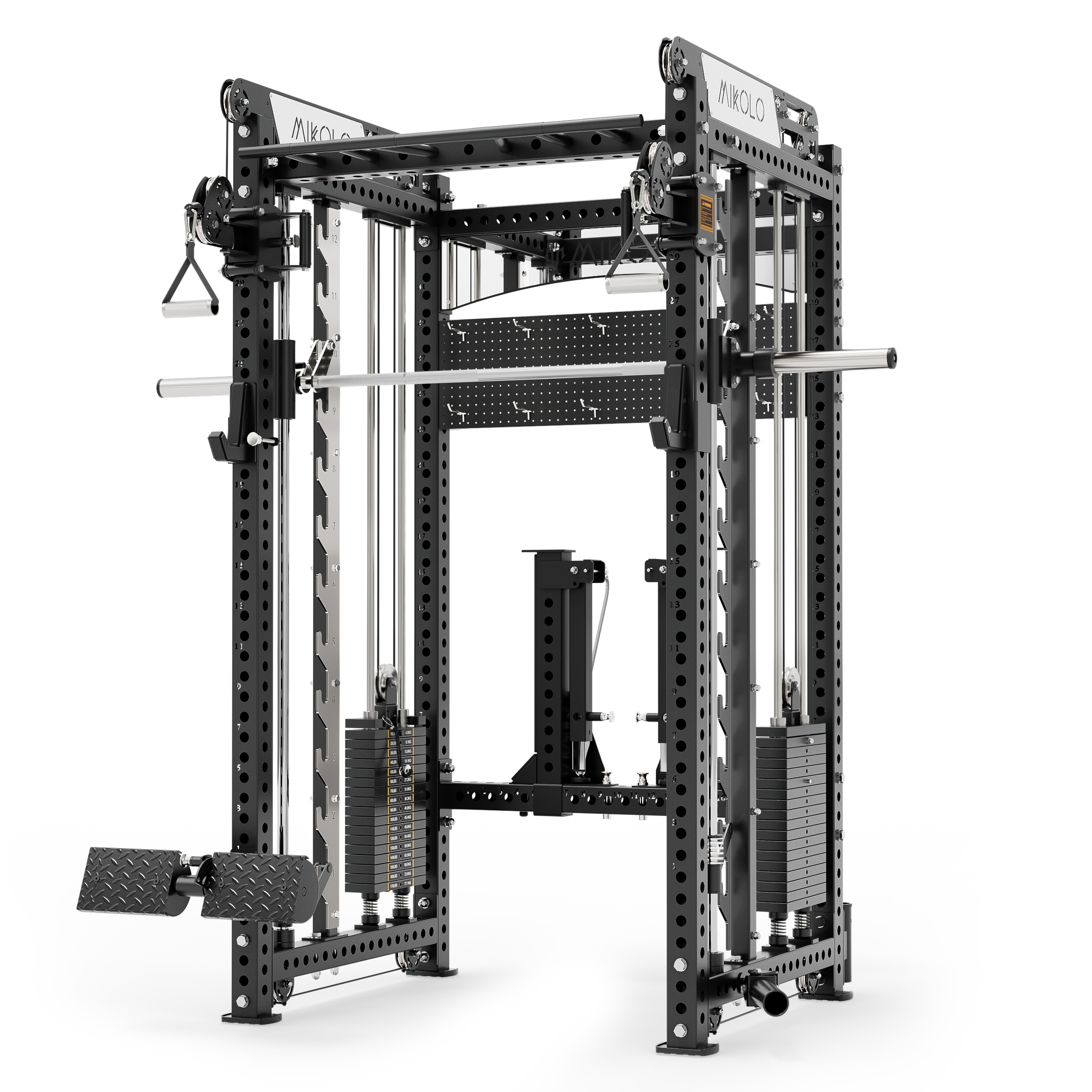

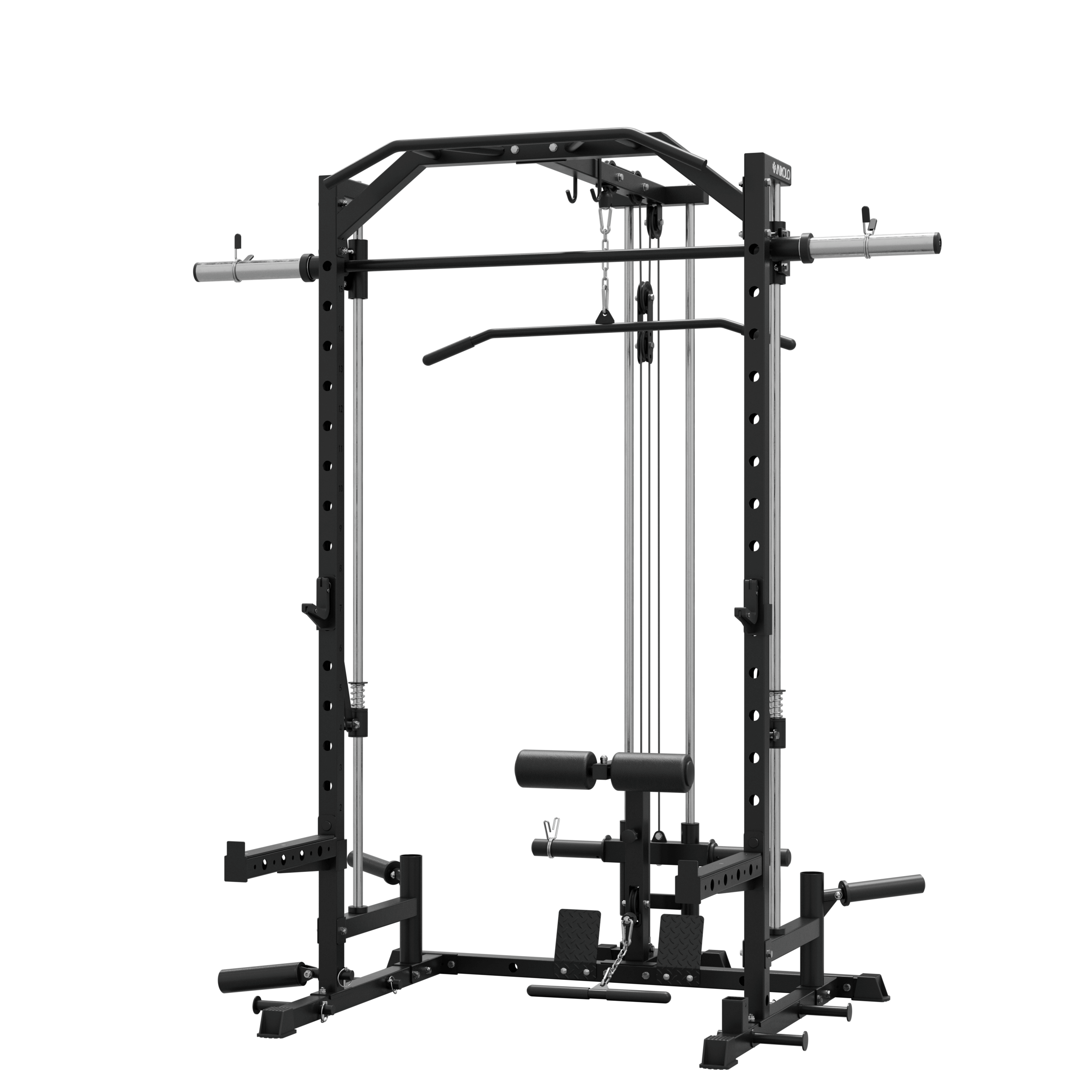
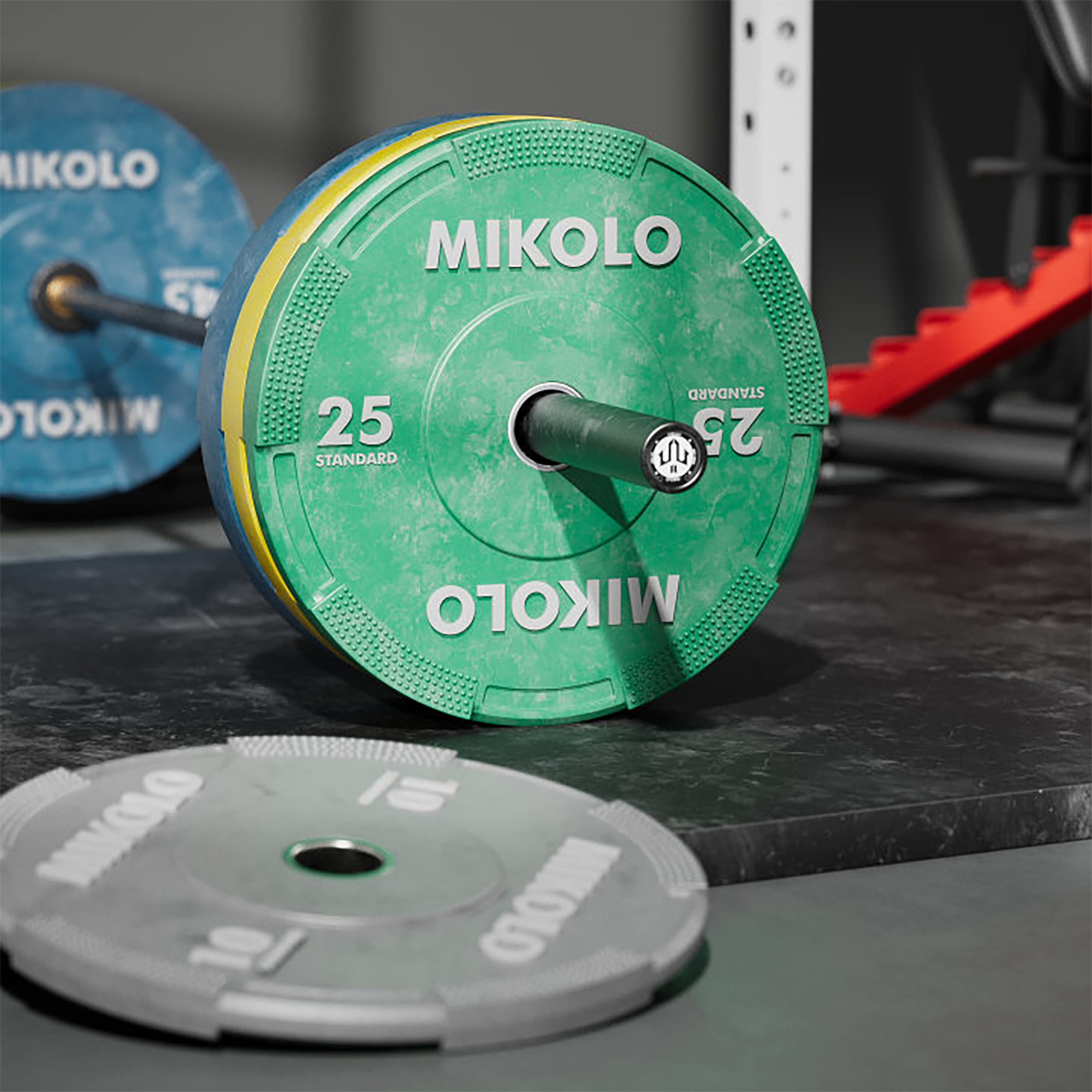
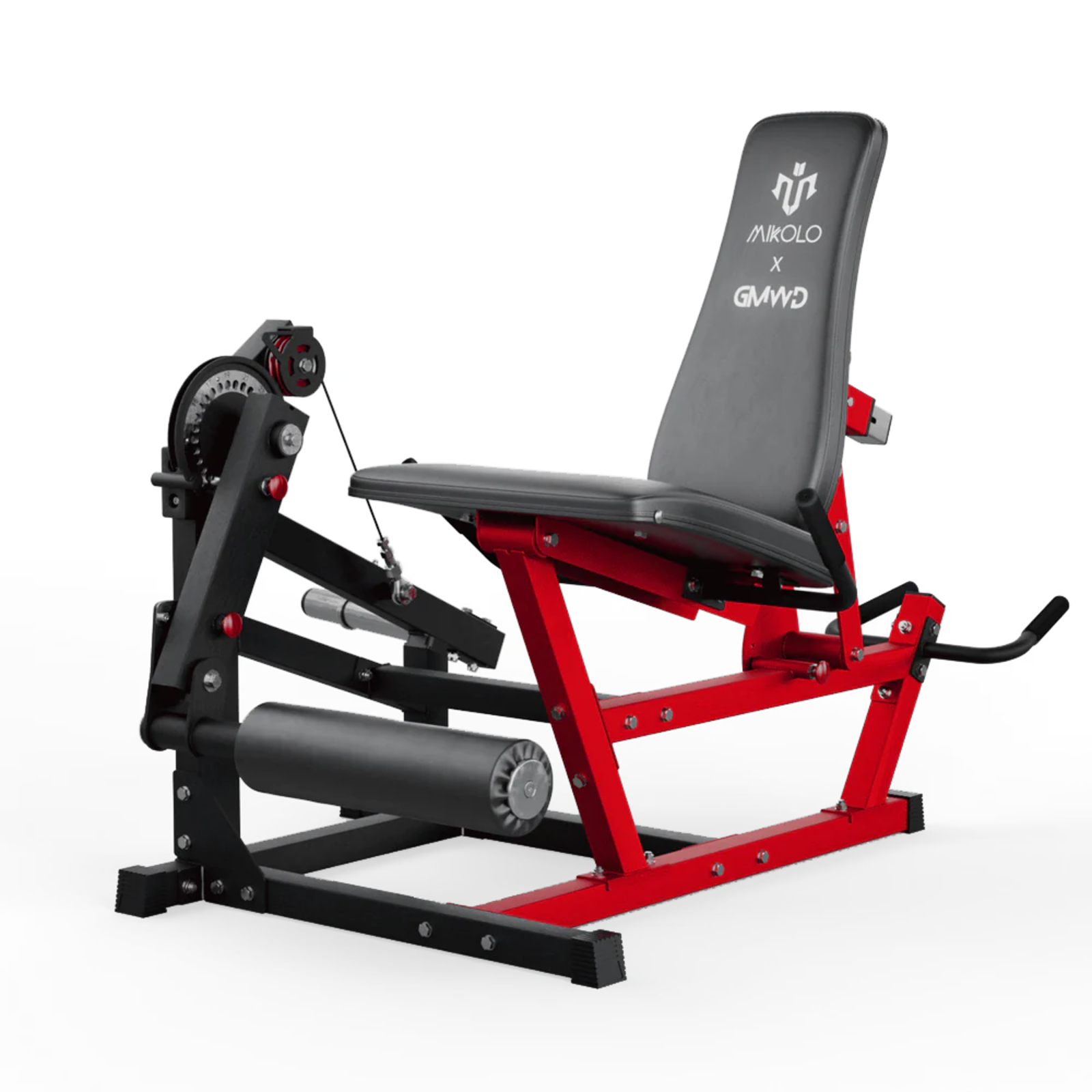

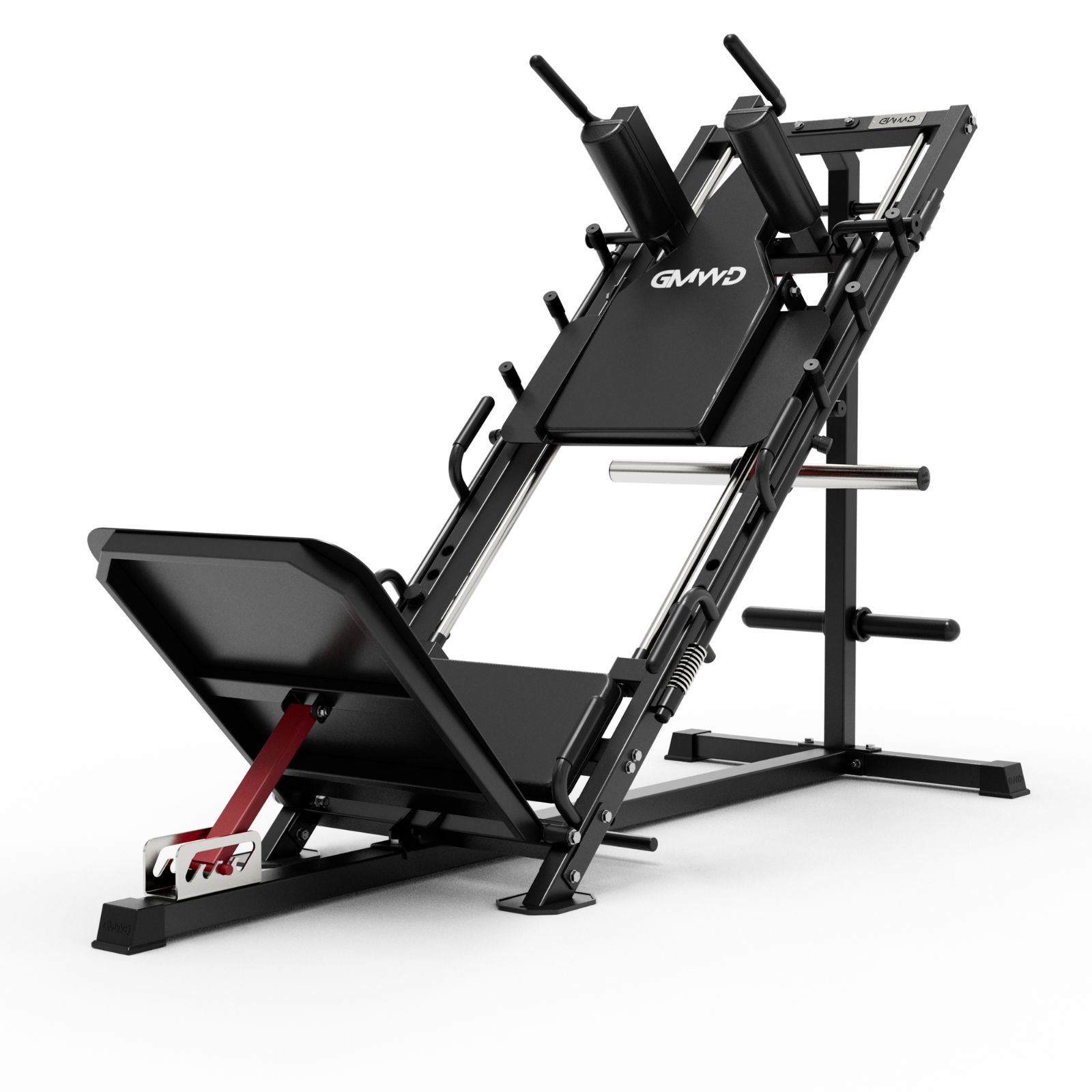


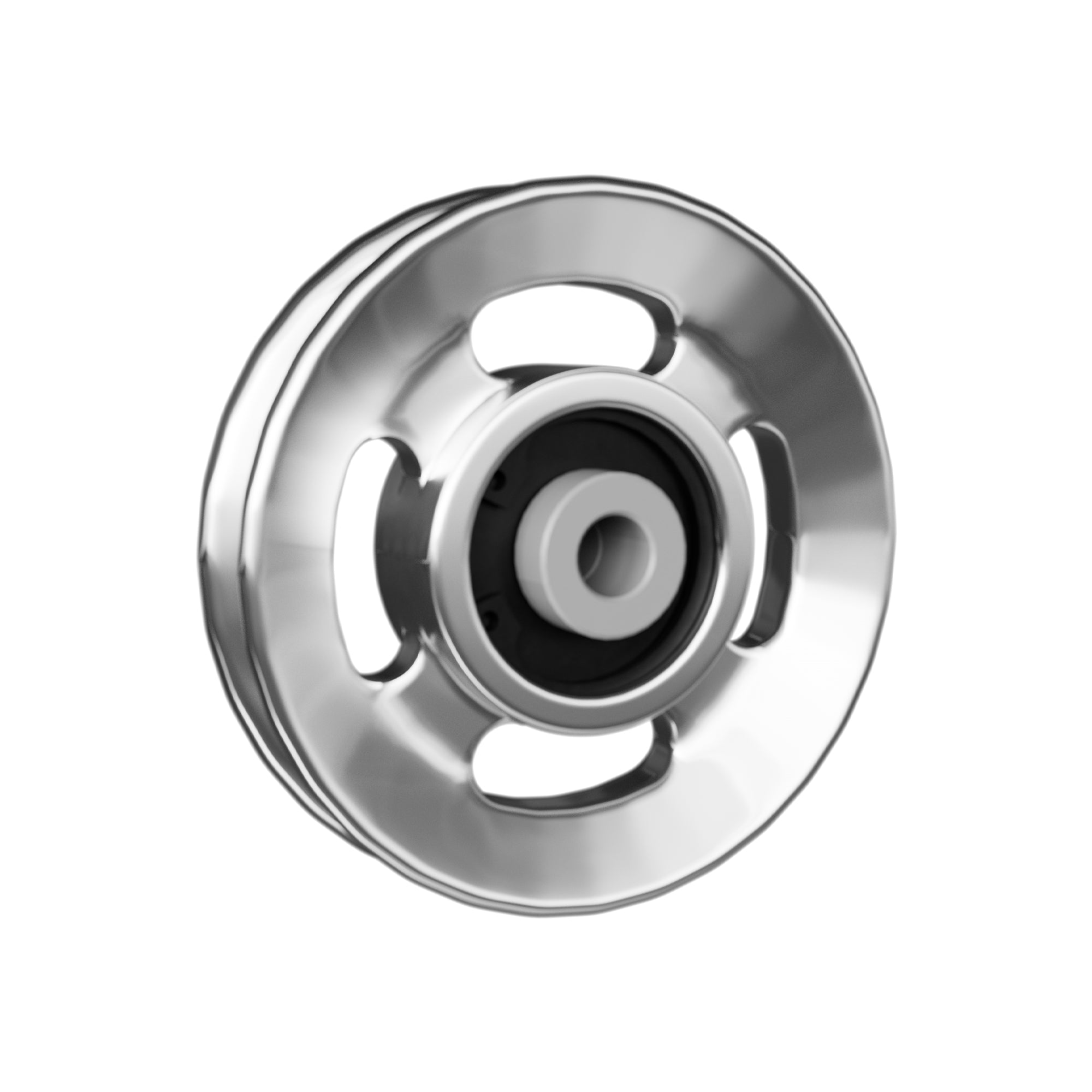
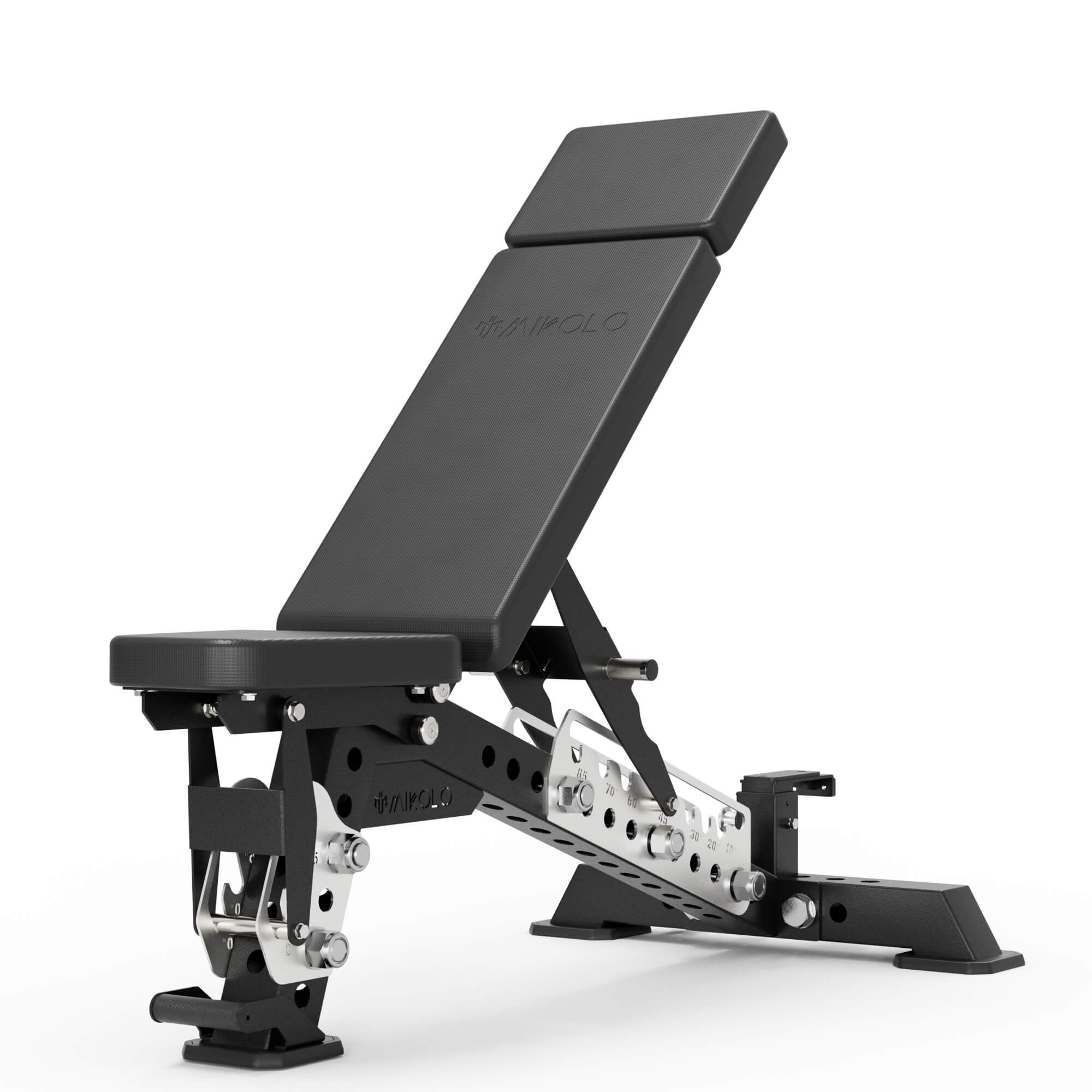
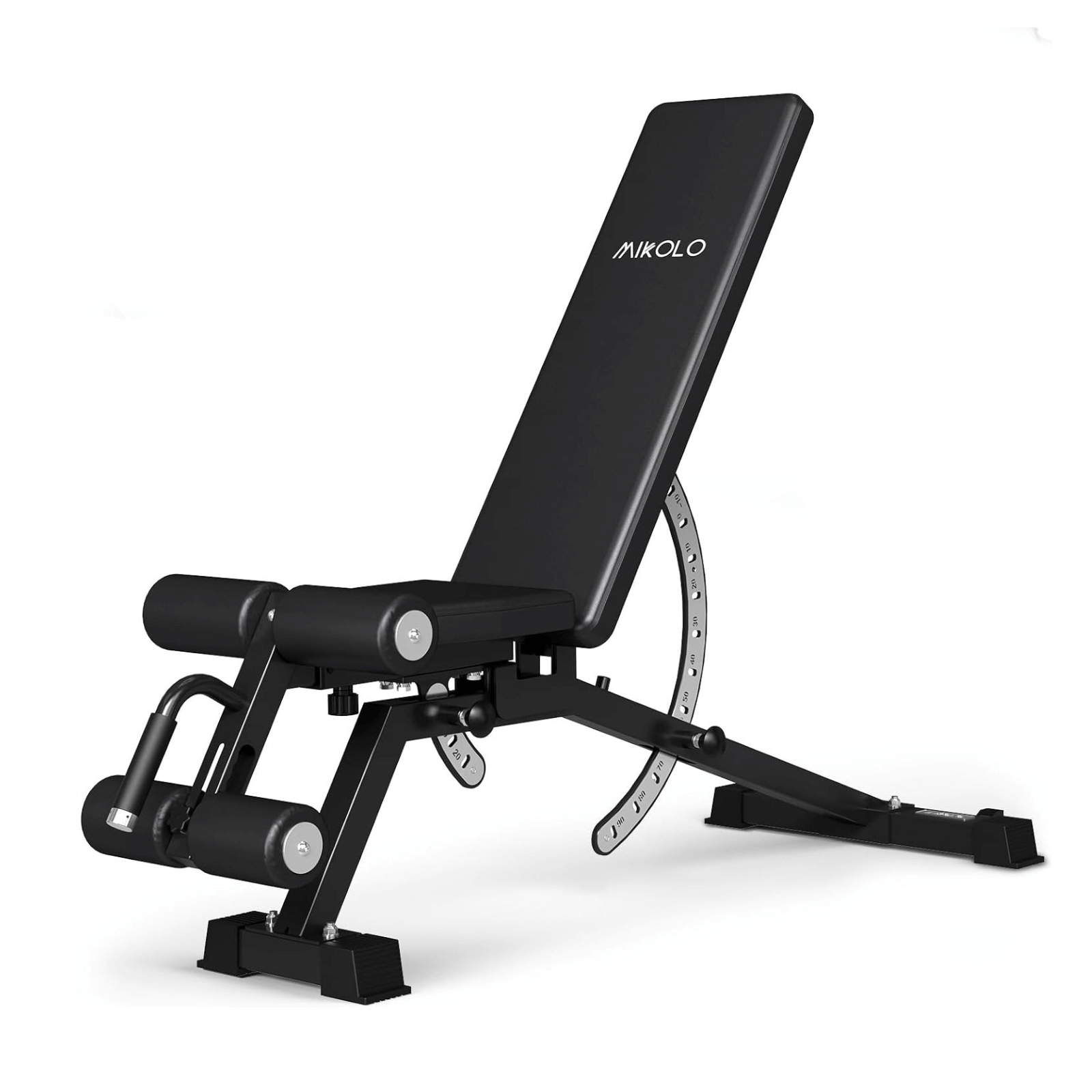

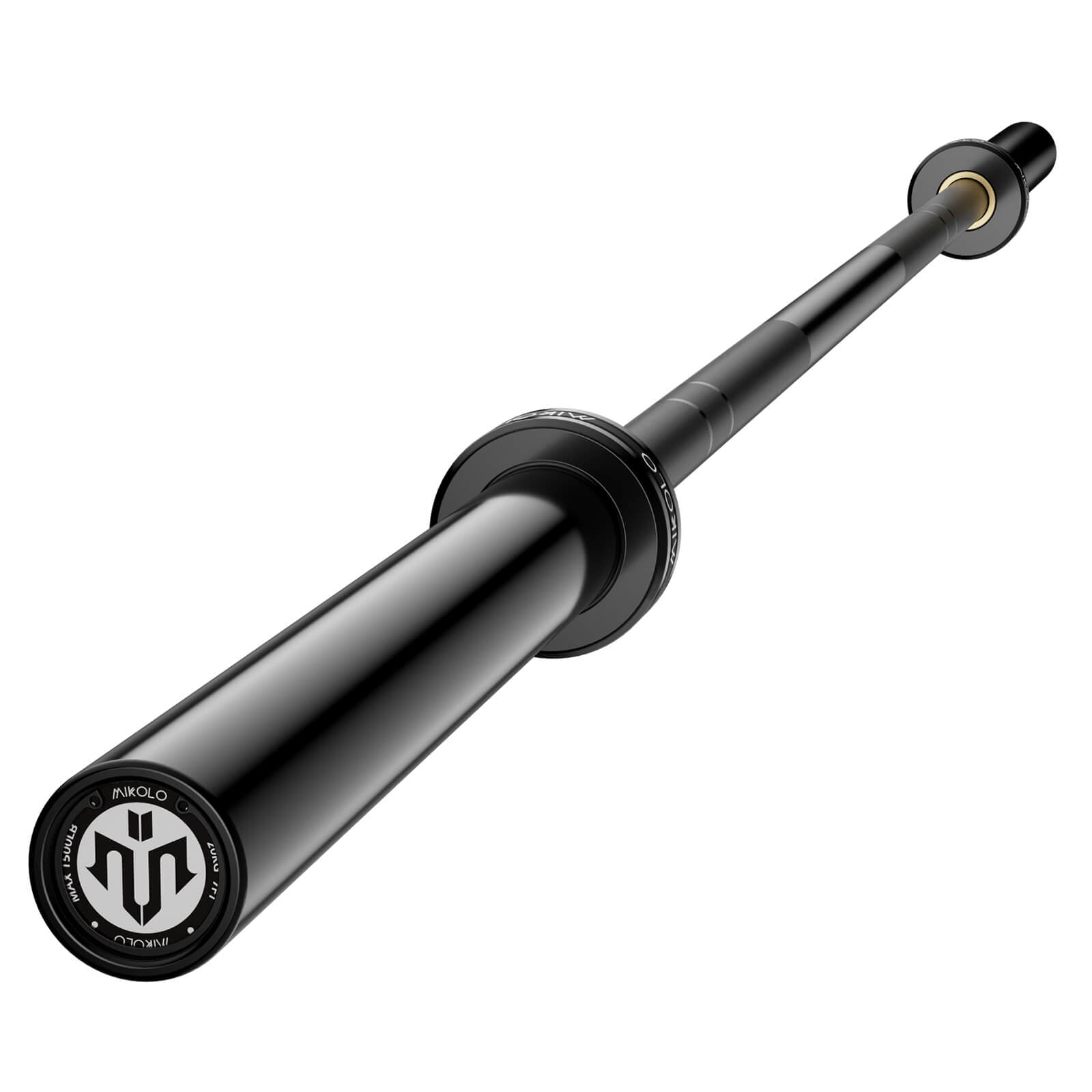
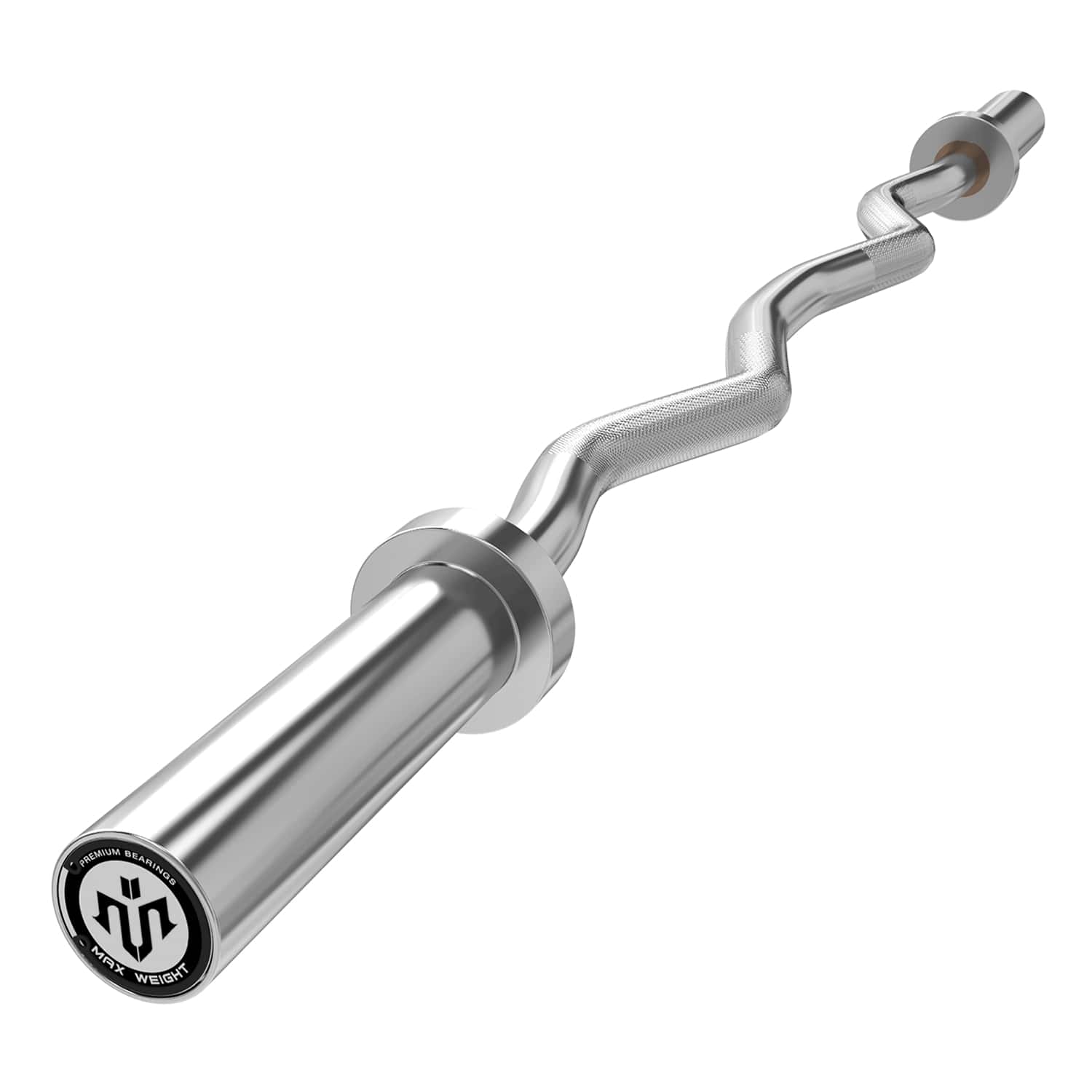
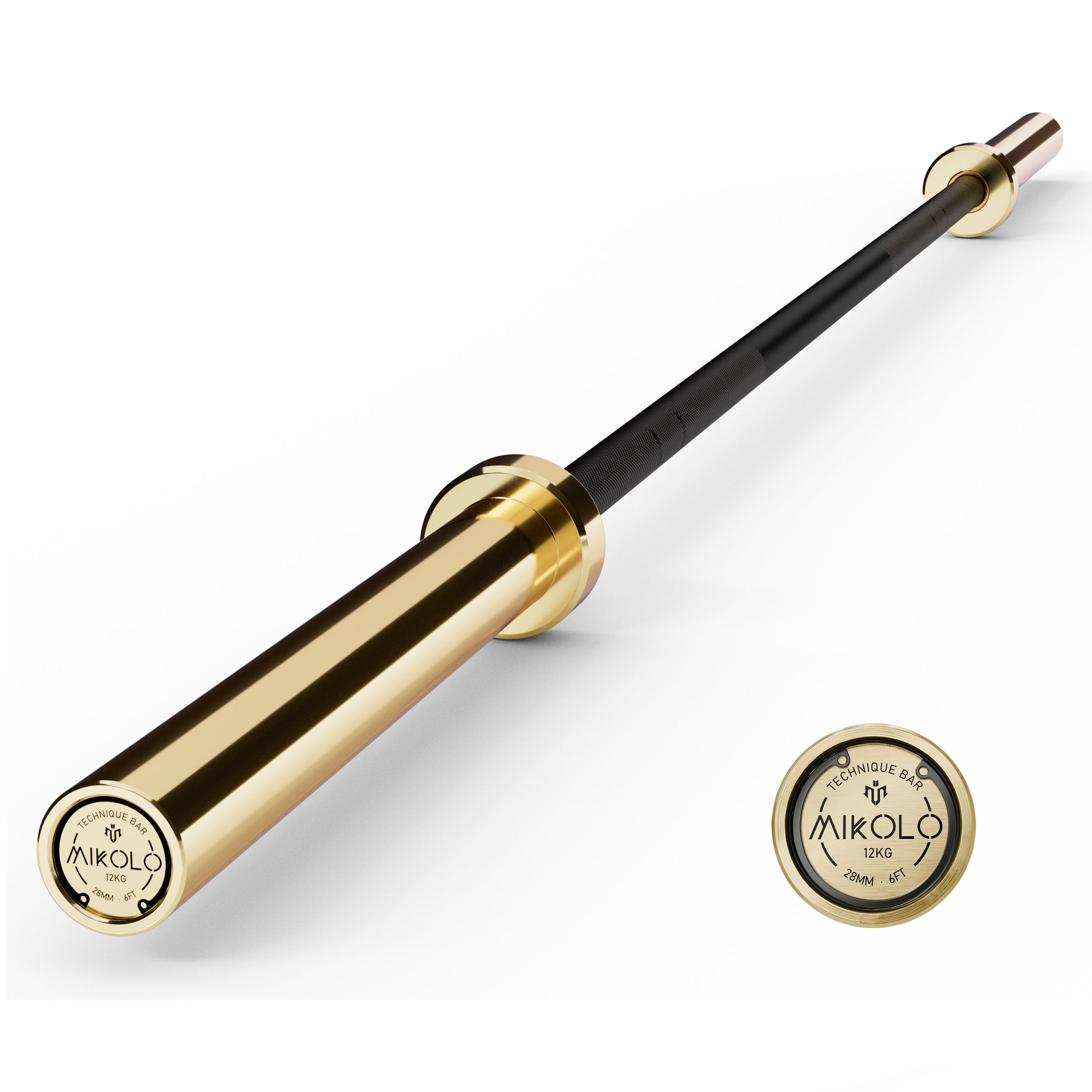
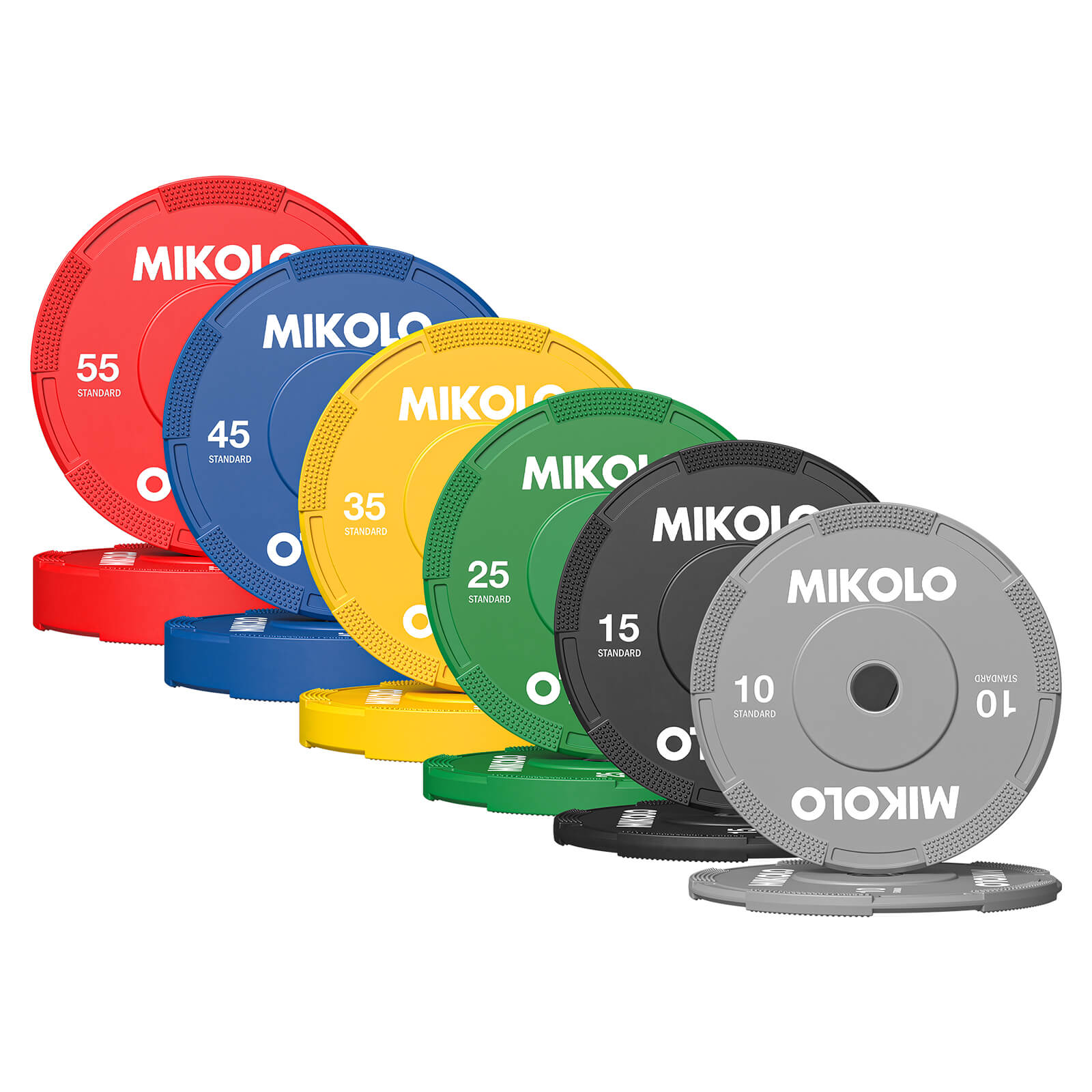
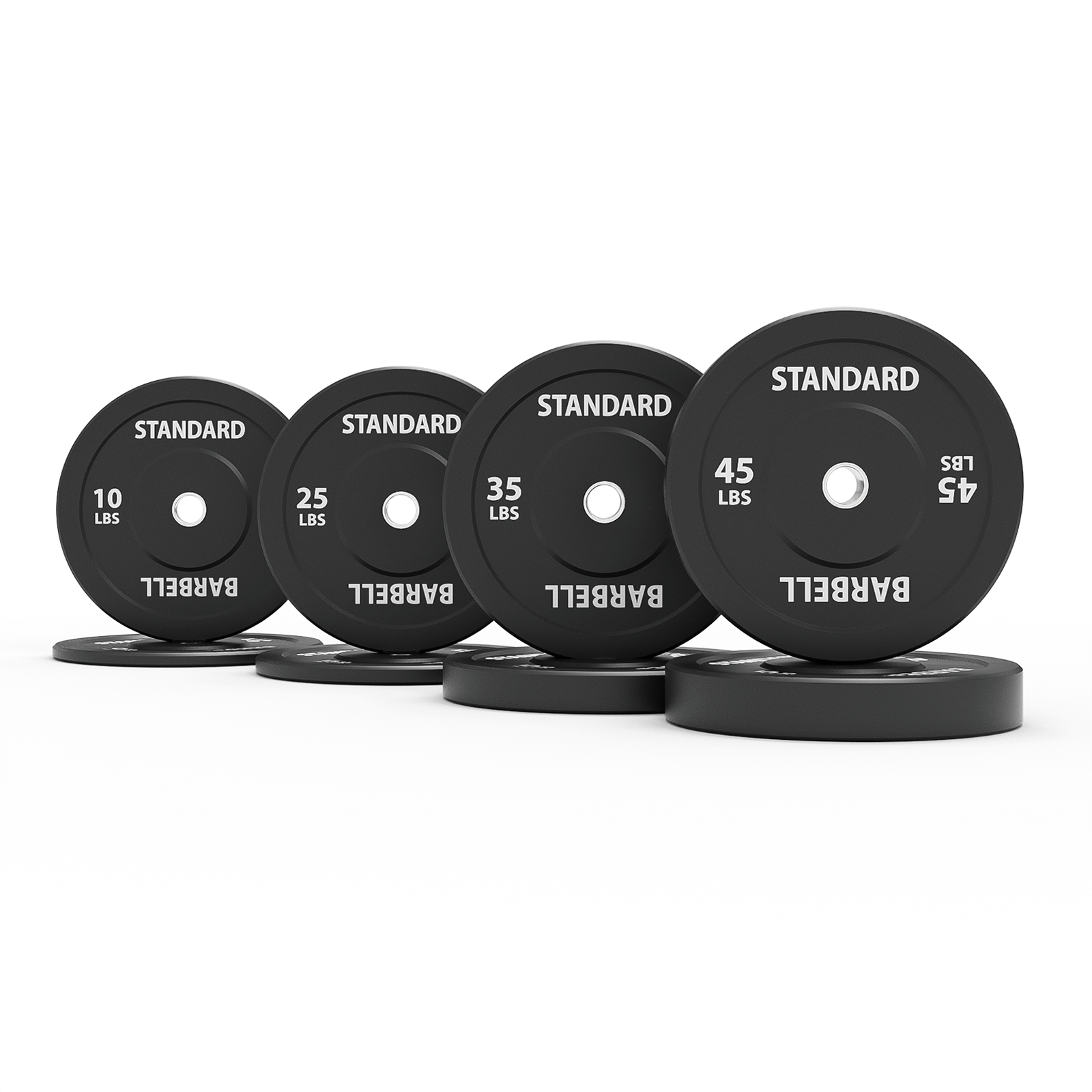
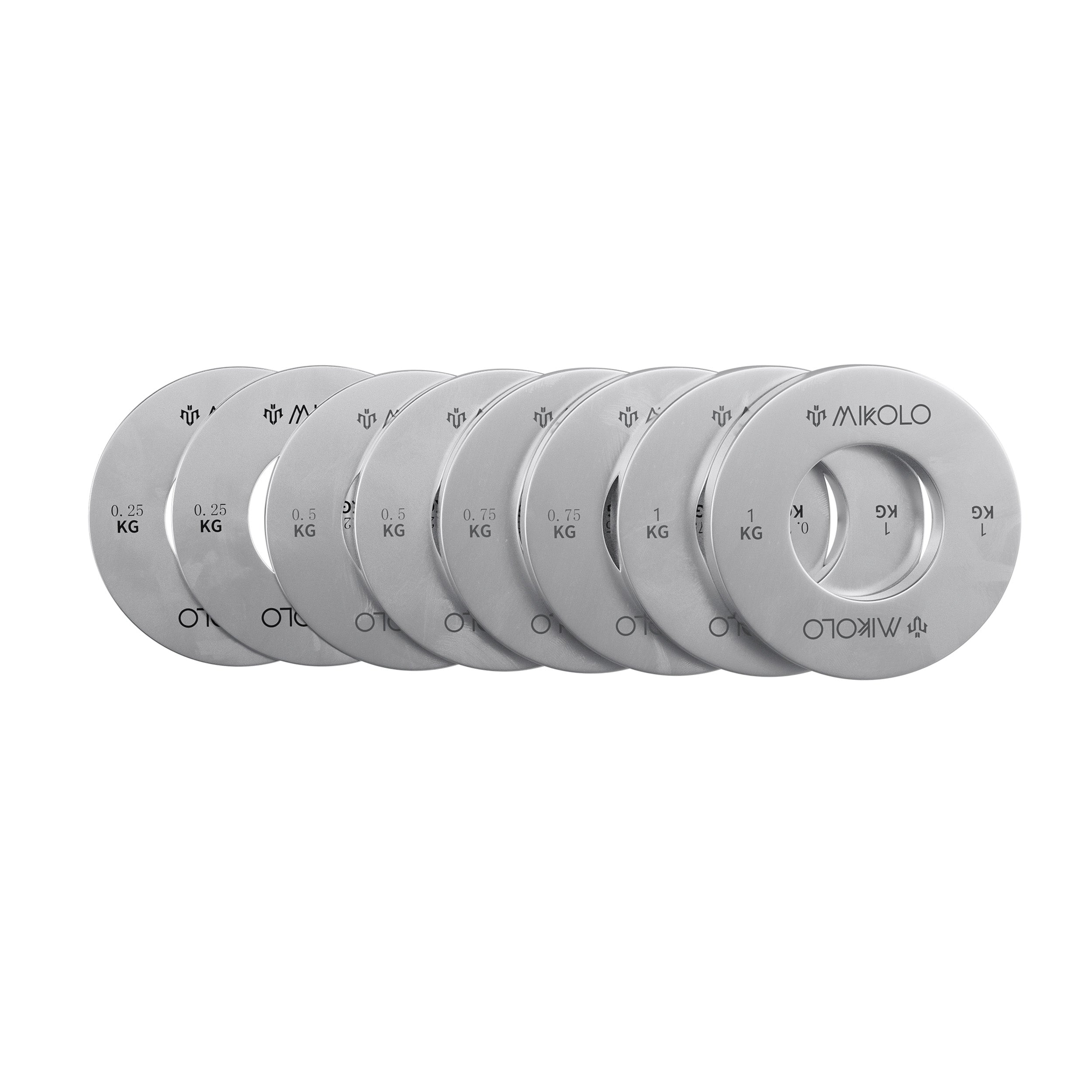


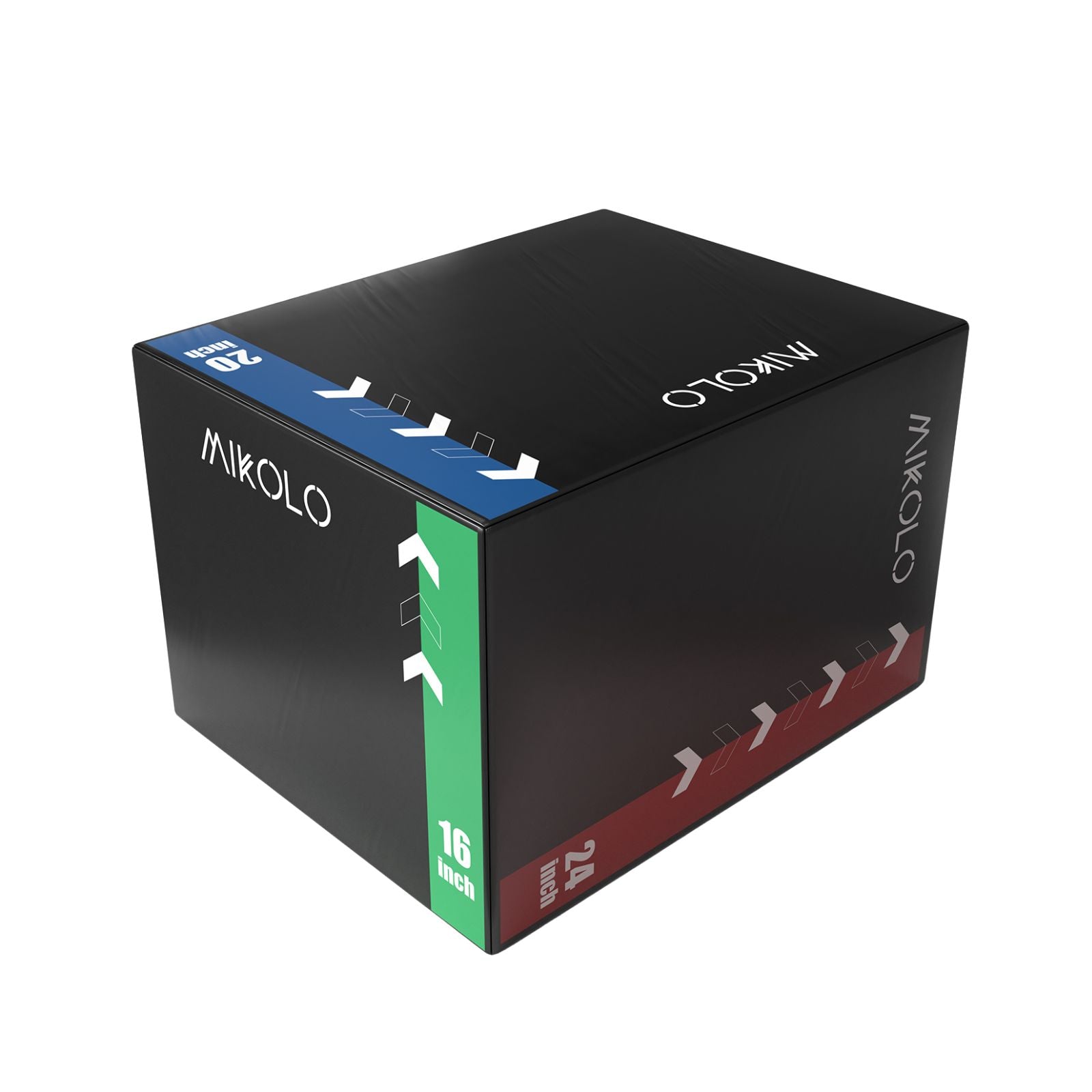
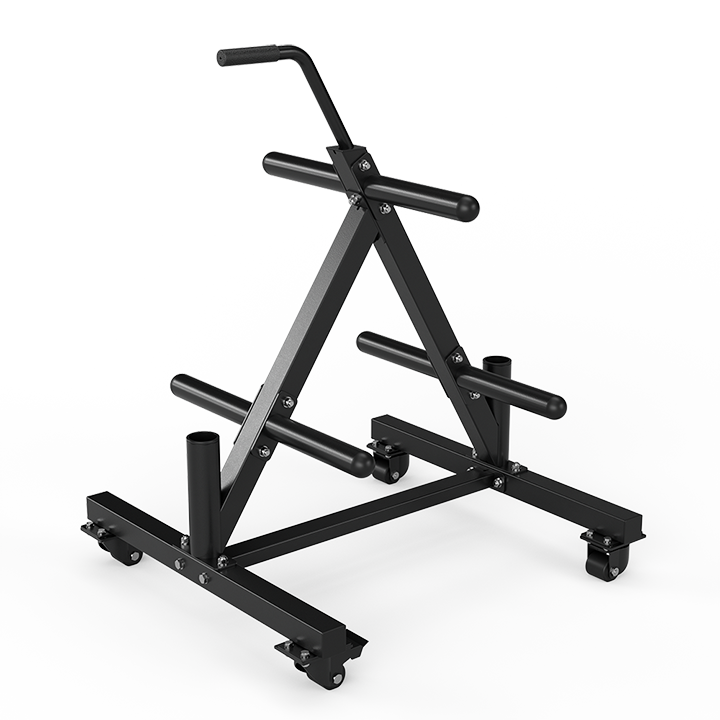





Leave a comment
This site is protected by hCaptcha and the hCaptcha Privacy Policy and Terms of Service apply.